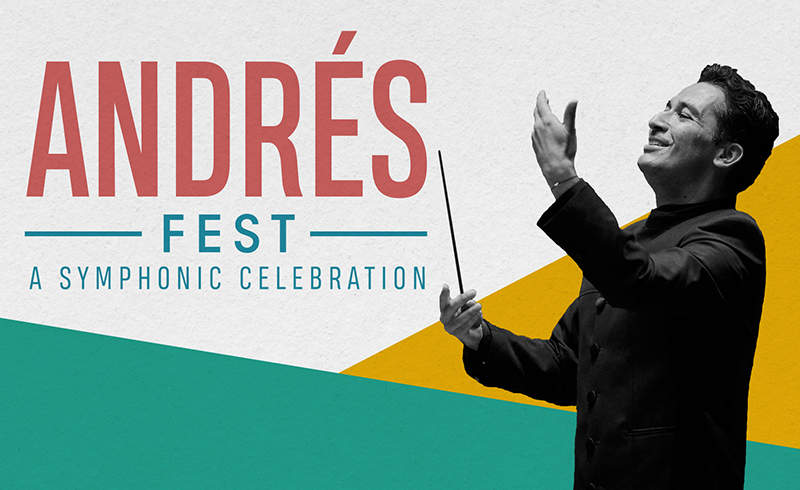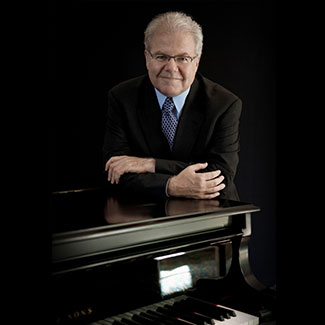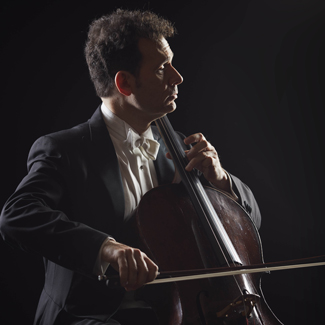
March 14, 2022
Scott Holshouser & Brinton Averil Smith on The Carnival of the Animals
This weekend, the Houston Symphony performs Saint-Saëns’s beloved The Carnival of the Animals, a delightful—and often humorous—musical “zoo” which uses the instruments of the orchestra to portray a colorful cavalcade of animals. Read on to find out what Houston Symphony musicians Scott Holshouser and Brinton Averil Smith are most looking forward to in this weekend’s performances!
A double dose of piano fireworks

Emanuel Ax, Grammy award-winning pianist

Scott Holshouser, Principal Keyboardist
The Carnival of the Animals features virtuoso roles for not one but two pianists, and Grammy Award-winner Emanuel Ax joins Principal Keyboardist Scott Holshouser for this weekend’s concerts. Of playing alongside Ax, Holshouser notes, “It is an honor for sure. His career has held up for decades and I really admire his ability to keep the heavy work ethic going!”
The piece begins with the “Royal March of the Lion,” where “alternating loud octaves in the bass simulate the Lion’s roar,” according to Holshouser. In the third movement, both pianists rapidly accelerate the tempo to replicate the gallop of wild donkeys. Holshouser says that this movement is his favorite because “we get to play as fast as possible. It gives us our exercise for the day!”
The sixth movement mimics the sound of a kangaroo hopping as the “pianos skip upwards from chord to chord.” Overall, Holshouser describes The Carnival of the Animals as “very colorful and at times kind of silly on purpose. It’s technically very charismatic but also has moments of humor.”

Brinton Averil Smith, Principal Cello
“One of the most popular pieces in the entire classical repertoire”
Principal Cellist Brinton Averil Smith will be spotlighted in the penultimate movement, “The Swan.” Smith describes this beautiful movement as such:
“Saint-Saëns seemed to have the intention to portray long graceful lines. There is a calmness, warmth and noble serenity to the music that seems to invoke a swan gliding effortlessly and gracefully across the water. There is a continual stream of moving 16th notes underneath, but on top of this, the cello line glides with a kind of calm nobility. Ingenious writing that helped “The Swan” quickly became one of the most popular pieces in the entire classical repertoire.”
Smith describes The Carnival of the Animals as “both sophisticated and immediately charming. The writing is in turn humorous, beautiful, uplifting, and evocative. It is one of those wonderful pieces of classical music that you will love if you are visiting the symphony for the first time ever, or if you are a weekly subscriber.”
Listen for these animals, and many more, March 18–20 in Carnival of the Animals + Symphony Soloists, part of Andrés Fest: A Symphonic Celebration.






